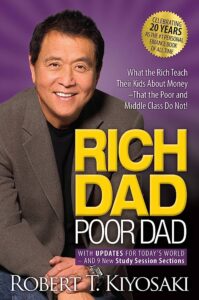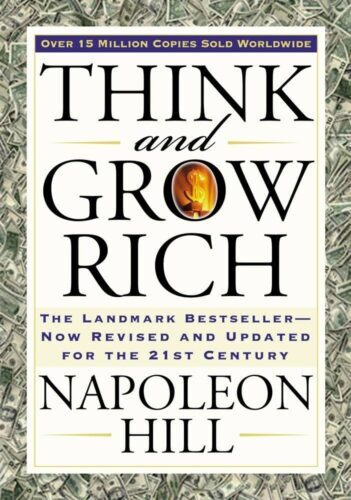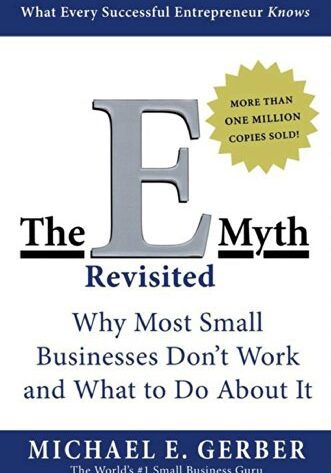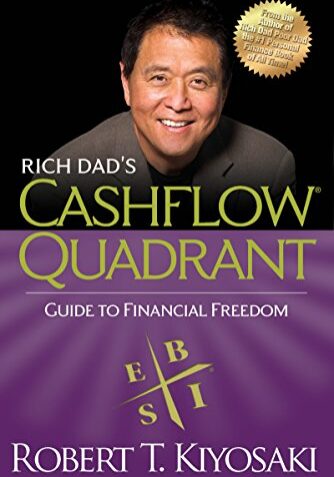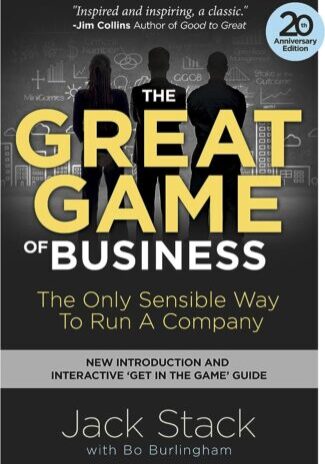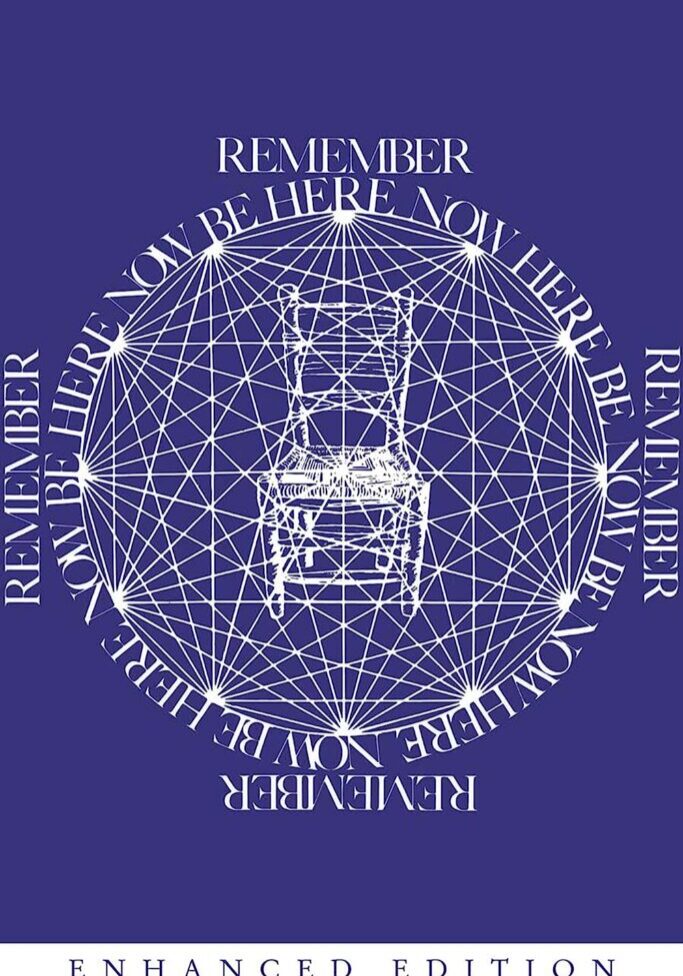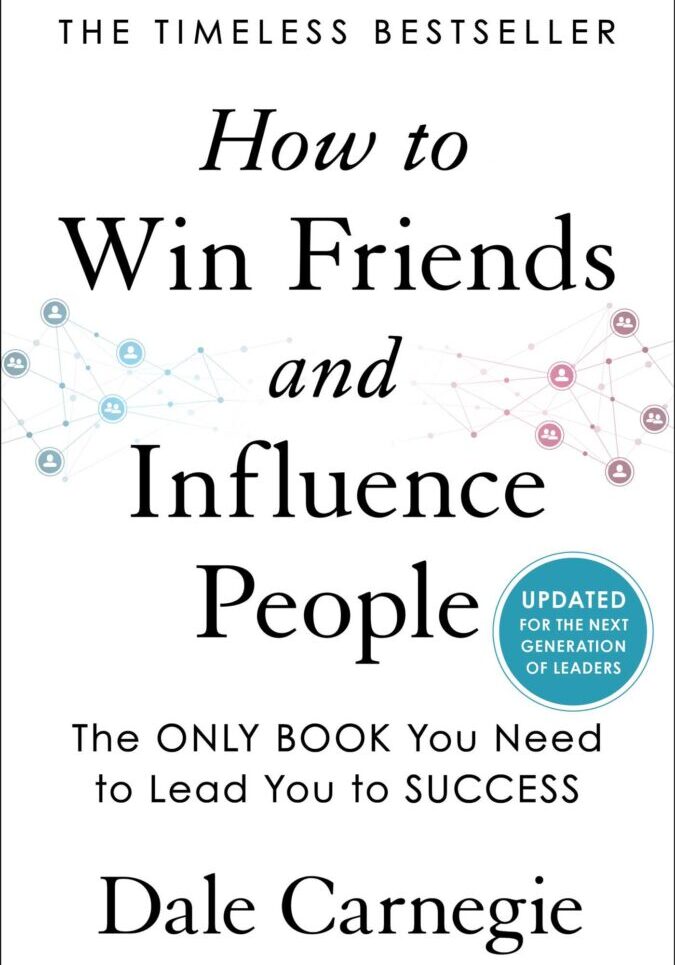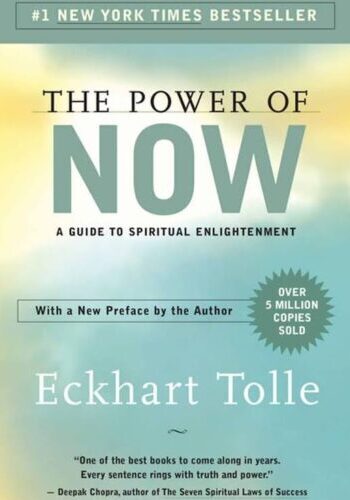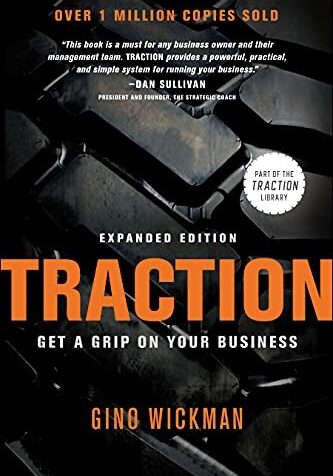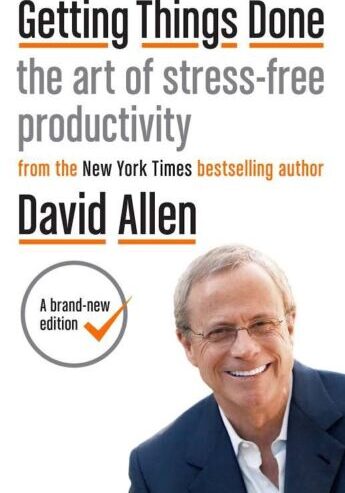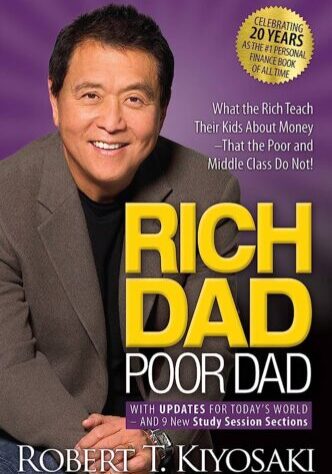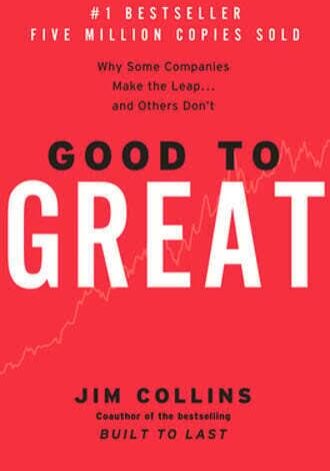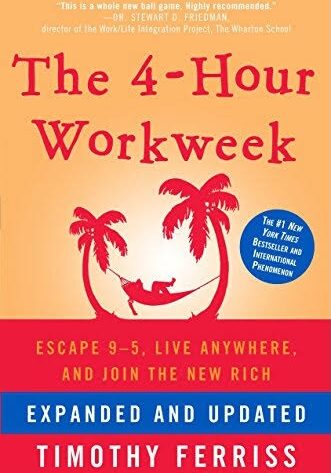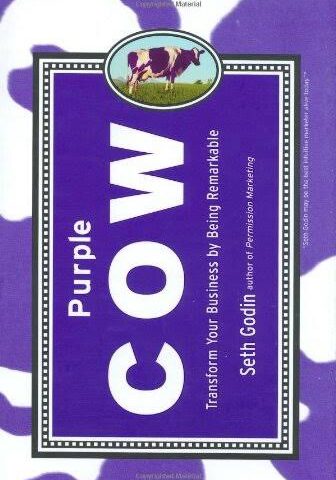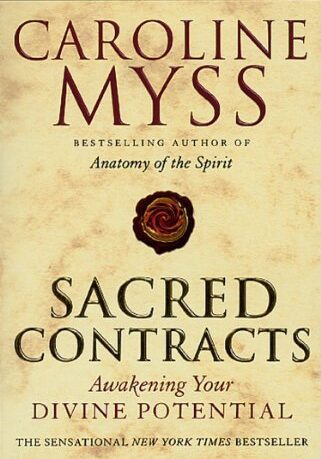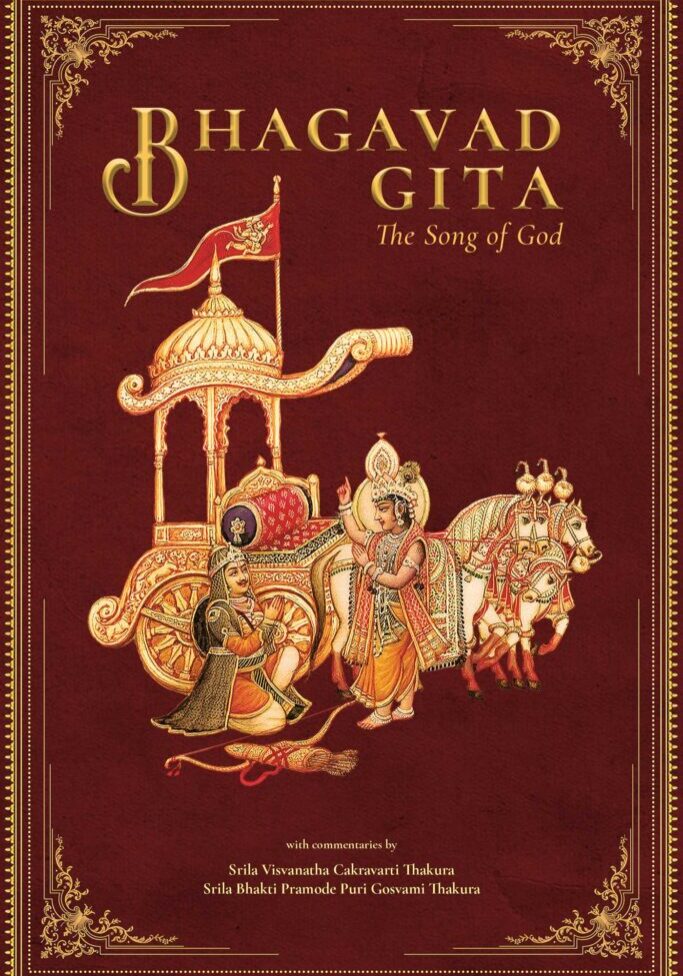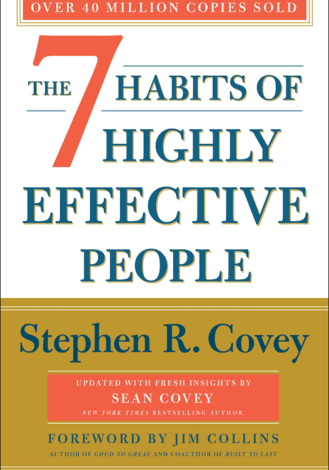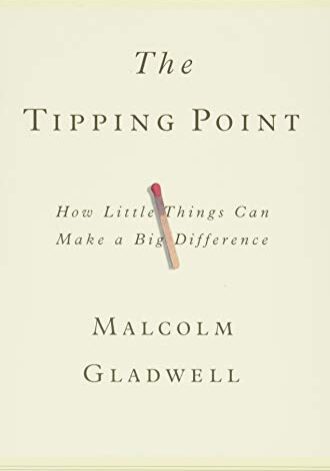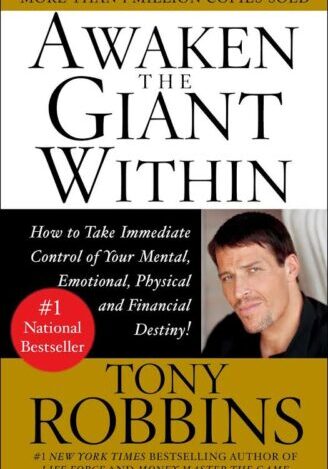Introduction
"Rich Dad Poor Dad" by Robert Kiyosaki provides readers with insights into wealth-building and financial management through the teachings of his two "dads": his biological father (Poor Dad) and the father of his childhood best friend (Rich Dad).
Key Concepts
- Two Fathers, Two Philosophies: Kiyosaki's Poor Dad believed in traditional education and a stable job, working for money, and he was plagued by financial struggles. Rich Dad, on the other hand, taught Kiyosaki about investing, entrepreneurship, and financial independence, emphasizing having money work for him. This stark contrast forms the core of the book's philosophy, showcasing two drastically different approaches to wealth and success. The author uses these contrasting viewpoints to guide the reader towards a more financially savvy path. The lessons from both fathers shape the author's understanding of money and the financial world.
- Assets vs. Liabilities: The author introduces the concept of building assets and minimizing liabilities, where assets are things that put money in your pocket, like investments or businesses, and liabilities take money out, like debt. Kiyosaki emphasizes the importance of focusing on accumulating assets rather than spending money on liabilities that decrease in value. By understanding this distinction, readers are encouraged to make smarter financial decisions that lead to long-term wealth. This shift in perspective transforms the way readers manage their finances. The ongoing development of assets creates a sustainable income stream, setting the foundation for financial freedom.
- Financial Education: According to Kiyosaki, conventional education doesn't teach us how to manage money, leading to financial illiteracy. He argues that understanding money, investments, taxes, and entrepreneurship is crucial for financial success, and this education should begin at home or through self-learning. The book offers practical wisdom and lessons to enhance readers' financial knowledge, equipping them with the tools to navigate the financial landscape. Kiyosaki's emphasis on self-education promotes a continuous learning attitude, vital for staying ahead in the ever-changing financial environment. His focus on financial education as a lifelong journey resonates with readers seeking control over their financial destiny.
- The Rat Race: The book discusses the notion of the "rat race," where individuals work hard, live above their means, accumulate debt, and struggle to escape a never-ending cycle of financial hardship. Kiyosaki describes how conventional paths often lead to financial traps that keep people stuck in unfulfilling jobs and constant debt. He urges readers to break free from this cycle through financial intelligence, wise investing, and entrepreneurship. This shift in mindset encourages readers to take control of their financial lives, pursue passion over paycheck, and ultimately achieve financial independence. The escape from the rat race becomes possible through a conscious effort to understand and apply the principles taught by Rich Dad.
- Entrepreneurship and Investment: Kiyosaki stresses the importance of entrepreneurship and investment as pathways to wealth. He shares personal experiences and lessons on how to take calculated risks, be innovative, and invest wisely to achieve financial freedom. Through vivid examples and actionable advice, the author illustrates how leveraging money, time, and knowledge can create substantial wealth. He encourages a proactive approach, promoting the idea that anyone can become an entrepreneur or investor with the right mindset and education. Kiyosaki's guidance demystifies the world of entrepreneurship and investing, making it accessible and inspiring for readers of all backgrounds.
Conclusion
"Rich Dad Poor Dad" offers a profound shift in thinking about money, investing, and life. Robert Kiyosaki's storytelling and unique perspectives challenge conventional wisdom and provide a roadmap for financial success and independence. The expanded and detailed view of key concepts offers readers deeper insights and encouragement to break free from traditional paths and embrace a more empowered financial future. Whether new to personal finance or an experienced investor, this book serves as an eye-opening guide to the possibilities of financial freedom.

